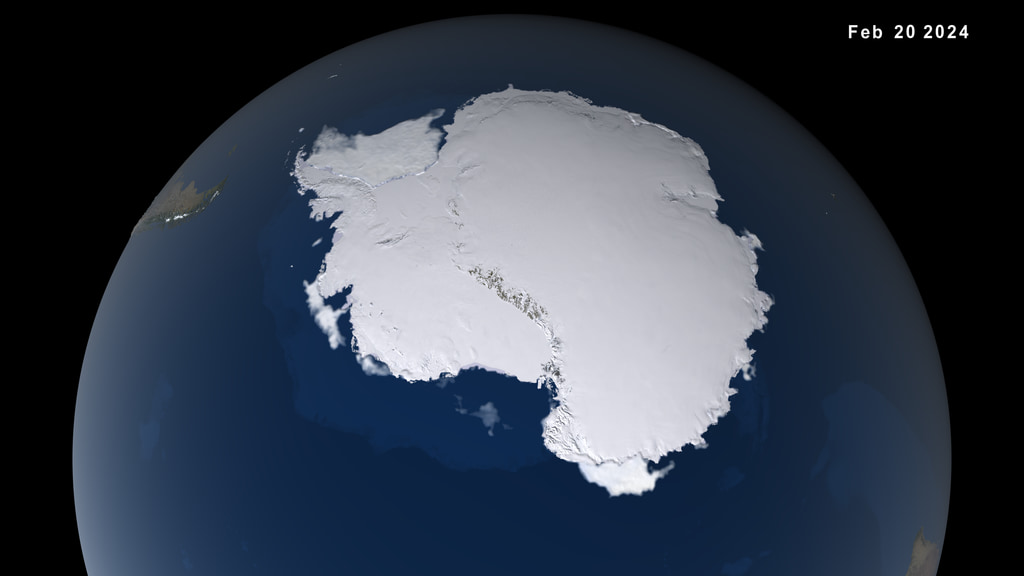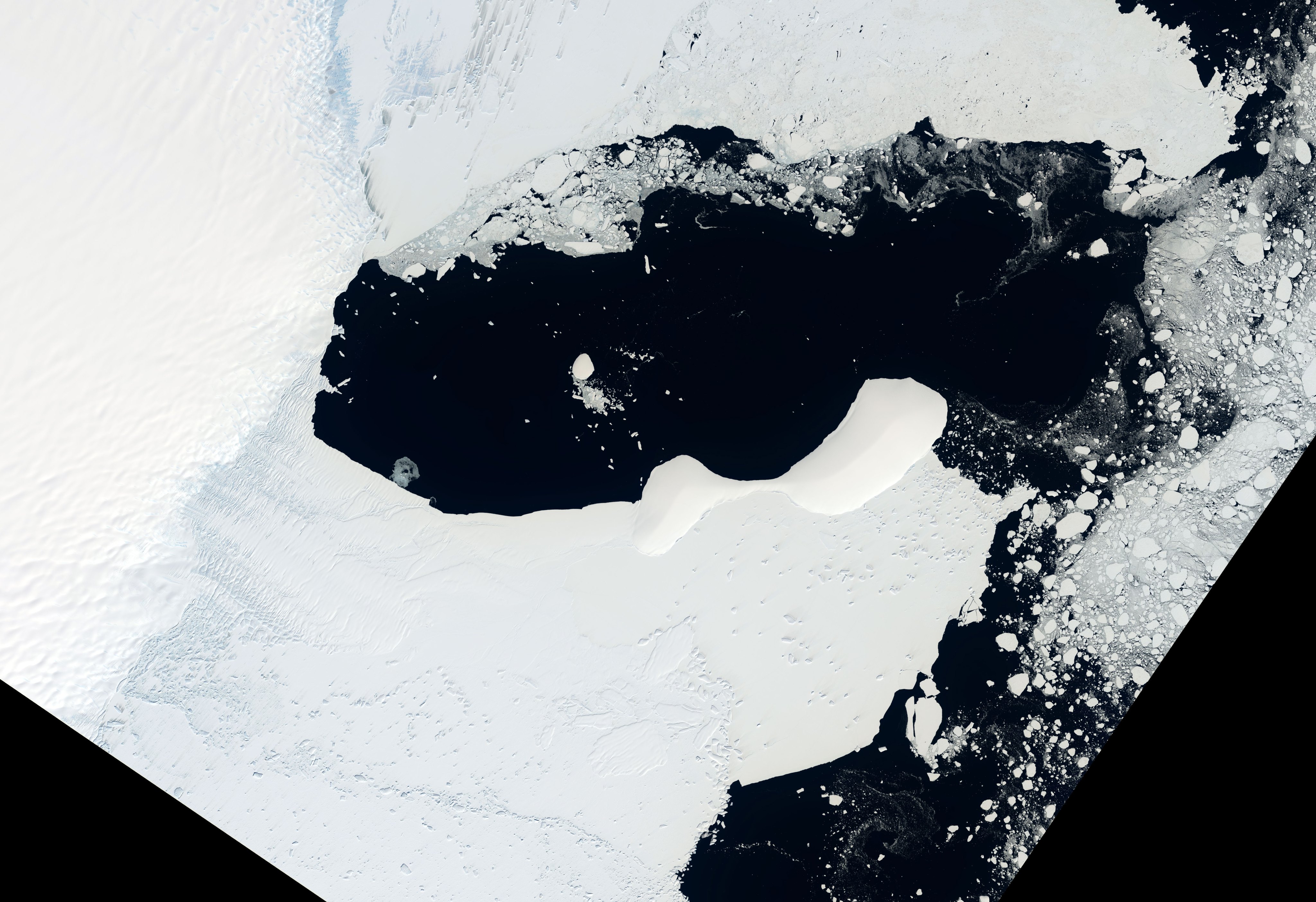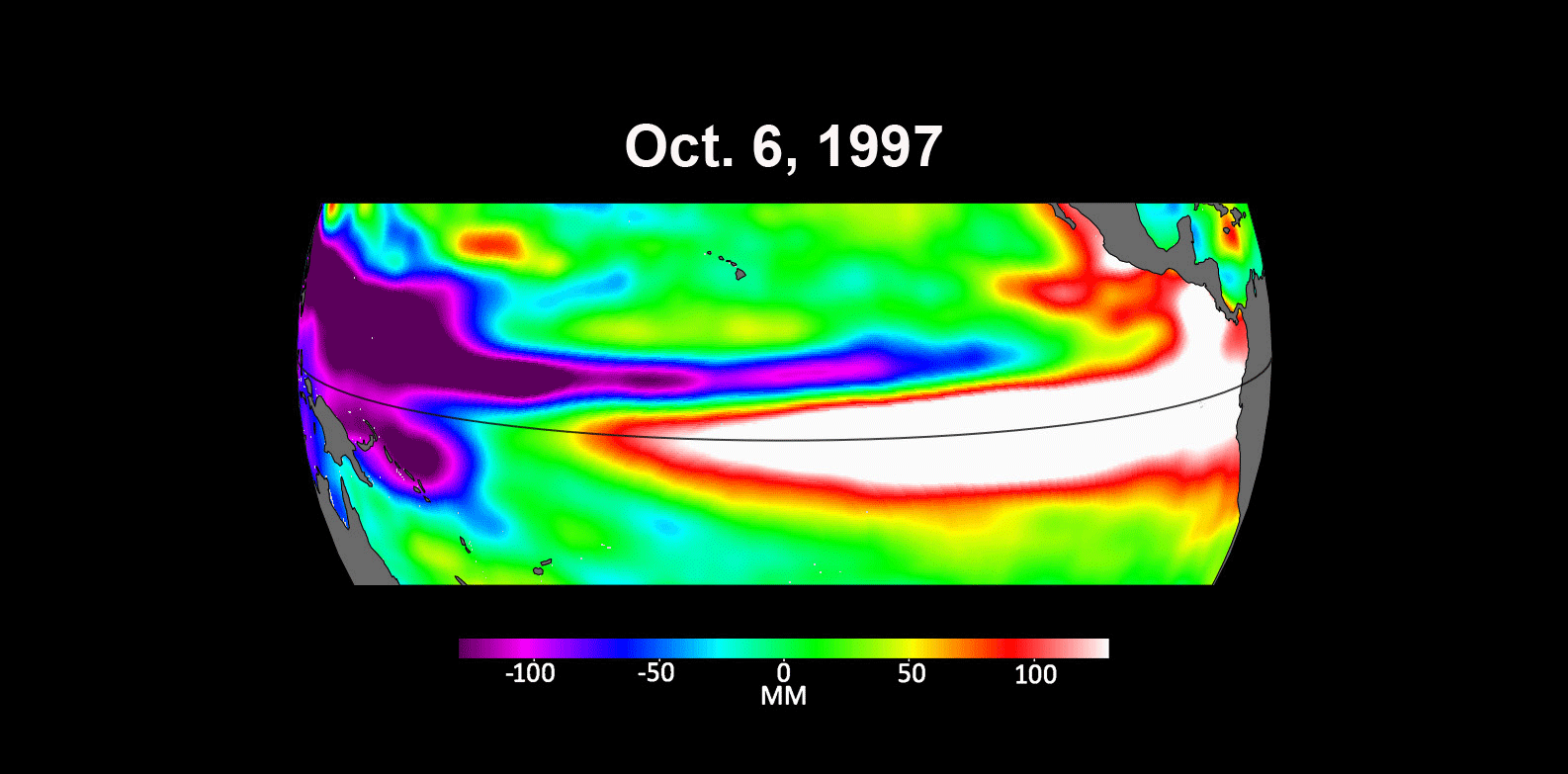1 min read
As we head toward September, the Arctic is approaching its annual minimum sea ice extent (i.e., the total area covered by at least 15 percent of ice). While it appears 2014 will neither match nor surpass the 2012 record low, we will likely see one of the lowest extents as the ice melt quickens.
This time of year is important for climate science (and life). A vital sign monitored by NASA’s Earth-orbiting and airborne missions, Arctic sea ice loss can have long-term global consequences. In the video below, NASA's chief cryospheric scientist, Tom Wagner, discusses the state of the Arctic, the agency's various missions monitoring that part of the world, and the melt's potential repercussions on the United States.
Share
Details
Last Updated
Mar 18, 2024
Editor
NASA Science Editorial Team
Related Terms
Keep Exploring







